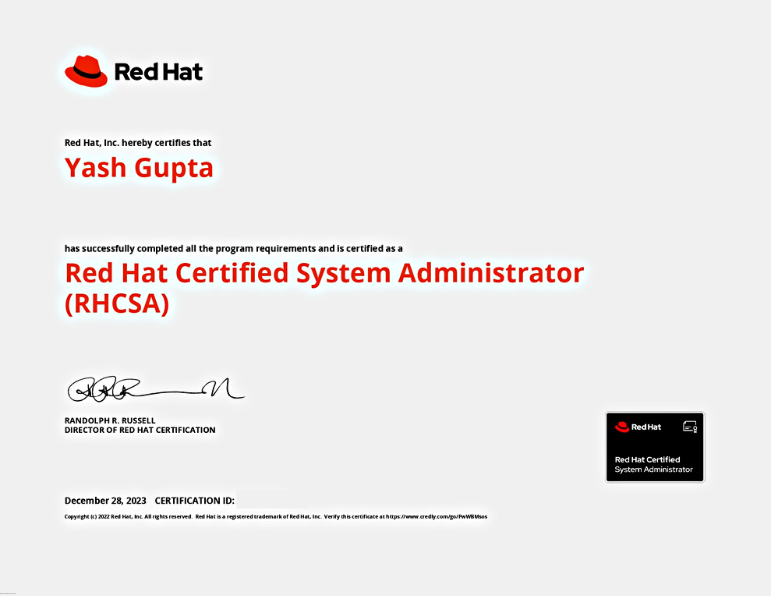RHCSA training is an ideal starting point for both IT newcomers and professionals seeking a career shift or starting a career.
RHCSA Training provides a strong foundation in Linux system administration, enhancing command-line proficiency and preparing you for in-demand roles. RHCSA Training certification boosts your resume, opens doors to higher salaries, and offers hands-on experience to hit the ground running. As Linux powers servers, cloud, and cybersecurity, RHCSA skills are world-wide applicable and can be leveraged in internships, projects, and entry-level positions, making you a highly sought-after candidate.
After completion of RHCSA Training?



